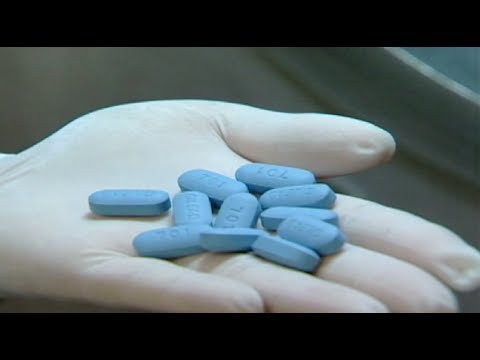World AIDS Day was celebrated on Dec. 1, and the Center For Disease Control (CDC) in Atlanta is prompting those at high risk for HIV to take a daily prevention pill.
By introducing a pre-exposure prophylaxis (PrEP), health practitioners can curb the spread of HIV to those without the disease. Those at risk from acquiring HIV from sex can decrease that risk by 90%, and those injecting drugs can reduce their chances of getting HIV by 70% by taking the PrEP. However, the CDC cautions that 33% of doctors and nurses are not aware of this prophylaxis.
According to statistics, about 40,000 new cases are diagnosed each year. However, pediatric HIV infections have been contained at 58% since 2000.
The National HIV/AIDS Strategy for the United States calls for a greater access to PrEP and health care for HIV patients. The CDC supports this U.S. strategy to create a nation that is committed to making HIV a rare disease.
A report by the CDC also calls for one in four men, gay or bisexual, to take the daily preventive pill since they are at high risk. One in 200 heterosexuals is at high risk if their partners are HIV positive or if they have multiple partners.
"PrEP isn't reaching many people who could benefit from it, and many providers remain unaware of its promise," said CDC Director Dr. Tom Frieden, reported CBS News.
"With about 40,000 HIV infections newly diagnosed each year in the U.S., we need to use all available prevention strategies."
The CDC will join other agencies for the 2015 National HIV Prevention Conference to be held from Dec. 6 to Dec. 9.



























